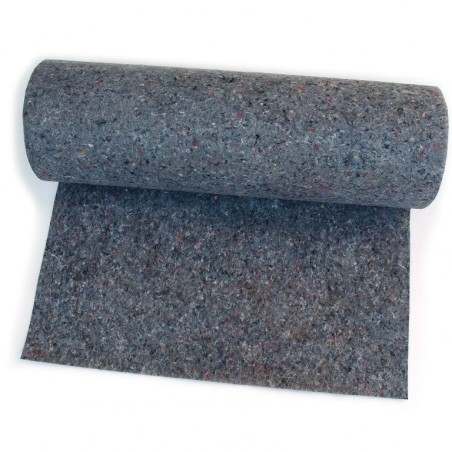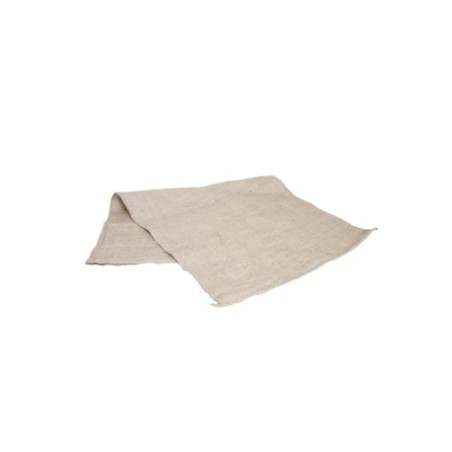The farrowing interval (FI) is one of the production parameters more commonly used as an indicator of the production efficiency of a farm, and it is defined as the average number of days that pass between a farrowing and the next one. It is directly related to the number of farrowings per sow and year in the following way:

No. of farrowings per sow and year = 365 (days/year)/FI (days/farrowing)
Next we will explain how to calculate it, the farm parameters that have an influence on it and which is its influence on the productivity of the farm.
Calculation
There are several ways to calculate it. The first one is very easy. We will see it with an example:
Example no. 1: In a farm with 10 sows with "typical" results (length of the pregnancy: 115 days, length of the lactation: 24 days, and a weaning-to-first-service interval of 5 days), the farrowing interval would be:
FI: 115 + 24 + 5 = 144 days
If the 10 sows behaved exactly the same, the farrowing interval on the farm would be 144 days.
Nevertheless, if one of them returns to oestrus at 21 days, its FI would be:
FI: 144 + 21 = 165 days
The average farrowing interval of the farm would be:

(144 x 9 (sows that do not return to oestrus) + 165 (sow that returns to oestrus))
—————————————————————————————————— = 146.1 days
10 (total number of sows)
So, the return of a sow to oestrus at 21 days involves an increase of the average FI by 2.1 days, this is, in the same way as any reproductive failure, it has a negative influence on the farrowing interval.
With respect to the weaning-to-first-service interval, with the aim of including and/or bearing in mind the FI calculations, the parameter "weaning-to-fertile-service interval" is used instead of the weaning-to-first-service interval (see the article (“Weaning-to-service interval: What affects it and how to control it”).
If we extrapolate our example to a real farm during a certain period of time, the FI will be the sum of the average length of the pregnancy plus the average length of the lactation plus the weaning-to-fertile-service interval during this period of time.
The second way of calculating it is taking the no. of farrrowings/sow/year, which is sometimes simpler to obtain. This is explained below, in the example no. 2:
Example no. 2: If we know the no. of farrowings in a farm during 6 months and the average sow population during these six months, the no. of farrowings/sow/year would be:
No. of farrowings during the 6 months * 2 (to extrapolate it to a whole year)
————————————————————————————————————
Average sow population during these 6 months
Once the no. of farrowings/sow/year has been calculated, we calculate the farrowing interval by means of the formula given at the beginning of the article.
Parameters that have an influence on the FI
Assuming that the length of an average pregnancy has very few variations at a farm, the two parameters that have a greatest influence on the farrowing interval are the length of the lactation and the weaning-to-fertile-service interval.
a) Length of the lactation: It has a great influence, because an increase by 1 day in the average length of the lactation means a rise by 1 day of the farrowing interval. This is one of the disadvantages of increasing the age at weaning, although, logically, there are also advantages.
b) Weaning-to-fertile-service interval: This parameter is affected, mainly, by two indicators: the weaning-to-first-service interval and the reproductive losses or failures.
- Weaning-to-first-service interval: Logically, the longer it is, the worse the farrowing interval will be. We must seek to reduce to a minimum the percentage of 'delayed' sows (with a weaning-to-first-service interval longer than 6 days).
- Reproductive losses: As we have already told, each reproductive loss entails a worsening of the farrowing interval that will be logically higher as more days are lost. For example, a sow that suffers an abortion 55 days after the service and that is then mated 25 days later (this is, it accumulates 80 non-productive days) will affect the farrowing interval 4 times more than a return to oestrus at 20 days. This results in what has been commented in other articles on the importance of minimising the non-productive days at the farm.
Influence of the farrowing interval on the productivity
In order to see the influence of the variation of the FI on the productivity at a farm, specifically on the no. of farrowings/sow/year:
Example no. 3: Let us assume a farm at which the number of weaned piglets/farrowing is kept constant: for example 10. The difference with two different farrowing intervals will be:
- Farrowing interval = 151 days.
For this farrowing interval, the number of farrowings/sow/year is:
No. farrowings/sow/year = 365/151 = 2.417
If we multiply the no. of farrowings/sow/year by the number of weaned piglets/farrowing, we obtain 24.17 weaned piglets/sow/year
- Farrowing interval = 158 days.
Making the same calculation we obtain:
No. of farrowings/sow/year = 365/158 = 2.31
And in the same way, we would obtain 23.1 weaned piglets/sow/year
This is, in this case, an increase by 7 days in the farrowing interval entails 1.07 weaned piglets less per year per each sow. In the case of a farm with 500 sows, in this case we would obtain 535 weaned piglets less or 76.5 weaned piglets less per year for each day of increase in the farrowing interval.
As we can see, the FI has a direct influence of the farm productivity and, so, this value, as well as its homologous value (no. of farrowings/sow/year), are factors that must be controlled and monitored with the aim of detecting and foreseeing variations in the system in order to anticipate the changes or variations in the production system.







